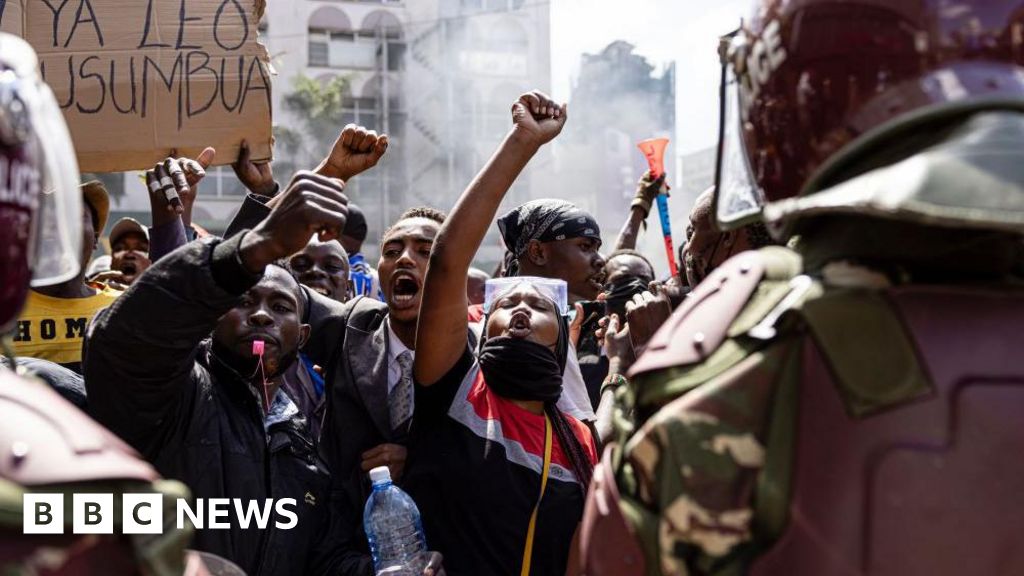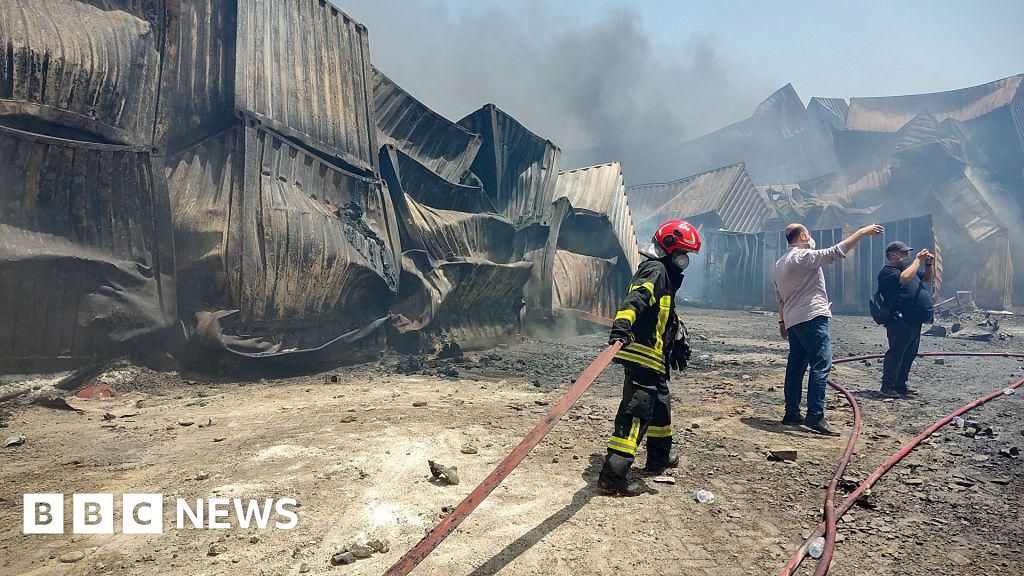The images changed how the world saw Vietnam, but especially how Americans saw their country, soldiers and the war itself, which ended 50 years ago this month.
There are so many ways to describe what photography from the Vietnam War captured and revealed, but maybe it boils down to what Tim O’Brien shared in “The Things They Carried.”
“I survived,” he wrote in one of the book’s stories, “but it’s not a happy ending.”
The war, which formally concluded on April 30, 1975, still elicits grief for all that was burned into memory and reinforced on film.
The most memorable photographs of that era, with its grisly, muddy, cruel jungle war, were shot by a brave global crew with a wide range of political views and backgrounds.
Dickey Chapelle, the first female photojournalist to die in Vietnam, was a Midwesterner who could barely contain her anti-Communism. Tim Page was an irreverent dope-smoking Brit; Henri Huet was French and Vietnamese, and known for his humor and kindness.
Together, their images and those of many others changed how the world saw Vietnam, but especially how Americans saw their country, soldiers and war itself.
The Tet offensive — a series of surprise attacks by Northern forces in early 1968 — changed the course of the war. Photographers, highlighting intense combat day by day, punctured the U.S. government’s optimistic claims about the enemy being on its last legs.
They were aided by new technology. Cameras had become smaller, and film could be developed and transmitted over phone lines or via satellite, reaching audiences more quickly than during any previous war. Here, a Marine threw a grenade during the Battle of Hue, part of the Tet offensive, in February 1968.
Policy mattered, too. In Vietnam, freelancers were easily accredited and could just show up for a helicopter trip to the front lines, photographing wherever they wanted, publishing whatever editors would approve, including this image of an American unit in February 1967.
When I covered the war in Iraq, journalists could embed with troops only after agreeing to strict rules: no photographs of Americans killed in action; images of wounded Americans could be published only if the injured agreed in writing.
There was less censorship in Vietnam because the United States never officially declared war and officials believed that greater access would lead to favorable coverage.
It was also a guerrilla war, with blurred front lines. Before long, photographers zeroed in on its greatest moral and military challenge: separating friend from foe; civilian from combatant.
In the image above, American soldiers moved a captured Viet Cong fighter through shallow water.
On the ground, “search and destroy” missions, like this one near My Lai in 1967, were intimate and frightening. After men were killed, women and children would be rounded up.
“Basically, all we did is we would walk around and wait for somebody to shoot at us,” Bill Lord, an Army radio operator in Vietnam between 1966 and 1968, said in an oral history tied to the war’s 50th anniversary. “And then we would try and catch them. I mean, we were basically bait.”
For Vietnam, the war felt endless, as when Saigon’s central market burned in late 1971.
As Le Ly Hayslip wrote in her memoir, “When Heaven and Earth Changed Places,” its relentlessness taught Vietnamese “how to be strong while we are weak, how to be brave when we are afraid, how to be wise in the midst of confusion, and how to let go of that which we can no longer hold.”
But the risks were real.
More than 100 photojournalists died from the mid-1950s to 1975 in Vietnam, Laos and Cambodia, including Robert Capa, one of World War II’s most admired figures, and Larry Burrows, a photo-essay pioneer during the Vietnam War.
In the photo above, a helicopter crew chief shouted to his crew as a wounded pilot lay dying beside him in March 1965.
Some barely escaped alive, including Tim Page, who captured this battlefield scene in 1968 and was a model for the wild, stoned photographer played by Dennis Hopper in “Apocalypse Now.” But his images pointed to bravery and humanism.
“Page’s photos had impact because he got close — too close on at least three occasions when he was badly wounded,” said Ben Bohane, a friend of Page’s who is writing his biography.
“It was the visceral nature of his pictures, unflinching photos of the dead and wounded on both sides, Vietnamese mothers in tears, children screaming, Catholic nuns walking past lime-caked dead bodies, grunts in the mud at Khe Sanh — you can almost smell the scene.”
Over time, the combat that photographers documented daily served an important purpose.
It prevented the public from forgetting the human toll, as during this fierce firefight south of the DMZ in October 1966.
There were fewer critics of journalism and photography back then. Political bias was not assumed; disinformation streamed mostly from military briefings in Saigon that reporters called “the five o’clock follies.”
The most gut-wrenching images fueled an antiwar movement that considered the war unwinnable and unjust. Here, an American soldier read a letter from home in March 1971.
“Those pictures, all of those pictures — how many hundreds of times have they been shown and they still bring me to tears,” Craig McNamara, an antiwar activist and the son of Defense Secretary Robert S. McNamara, an architect of the war, told me. “They were singular.”
Above, a wounded woman during the Battle of Saigon in 1968.
Four years later, President Richard M. Nixon escalated the fighting yet again.
Hoping to push Hanoi into a peace deal, he told his advisers: “The bastards have never been bombed like they’re going to be bombed this time.”
The North declared victory on April 30, 1975, after tanks seized Independence Palace in Saigon.
Far more than the gritty photos shot for Western outlets, these are the kinds of images well known among the Vietnamese.
“We think everybody has the same image in their head,” said Quang Lam, an artist and archivist in Ho Chi Minh City. “That’s not true.”
For veterans, just the chance to return home felt like a win — especially for prisoners of war like Lt. Col. Robert L. Stirm, greeted by his family in March 1973 at Travis Air Force Base in California.
But many also faced mistreatment and disrespect, on top of combat trauma.
The war — and its images — changed America, aggravating divisions, exacerbating distrust and making it harder for the country to agree on America’s historical and future role in global affairs. We are all living, in some ways, in Vietnam’s shadow.
Perhaps that confirms the relevance of Mr. O’Brien’s point in “The Things They Carried.”
Long after wars cease, the happiest ending you can hope for is survival and the continued search for understanding.
As Viet Thanh Nguyen, the Vietnamese American author, wrote: “All wars are fought twice, the first time on the battlefield, the second time in memory.”
Source link














